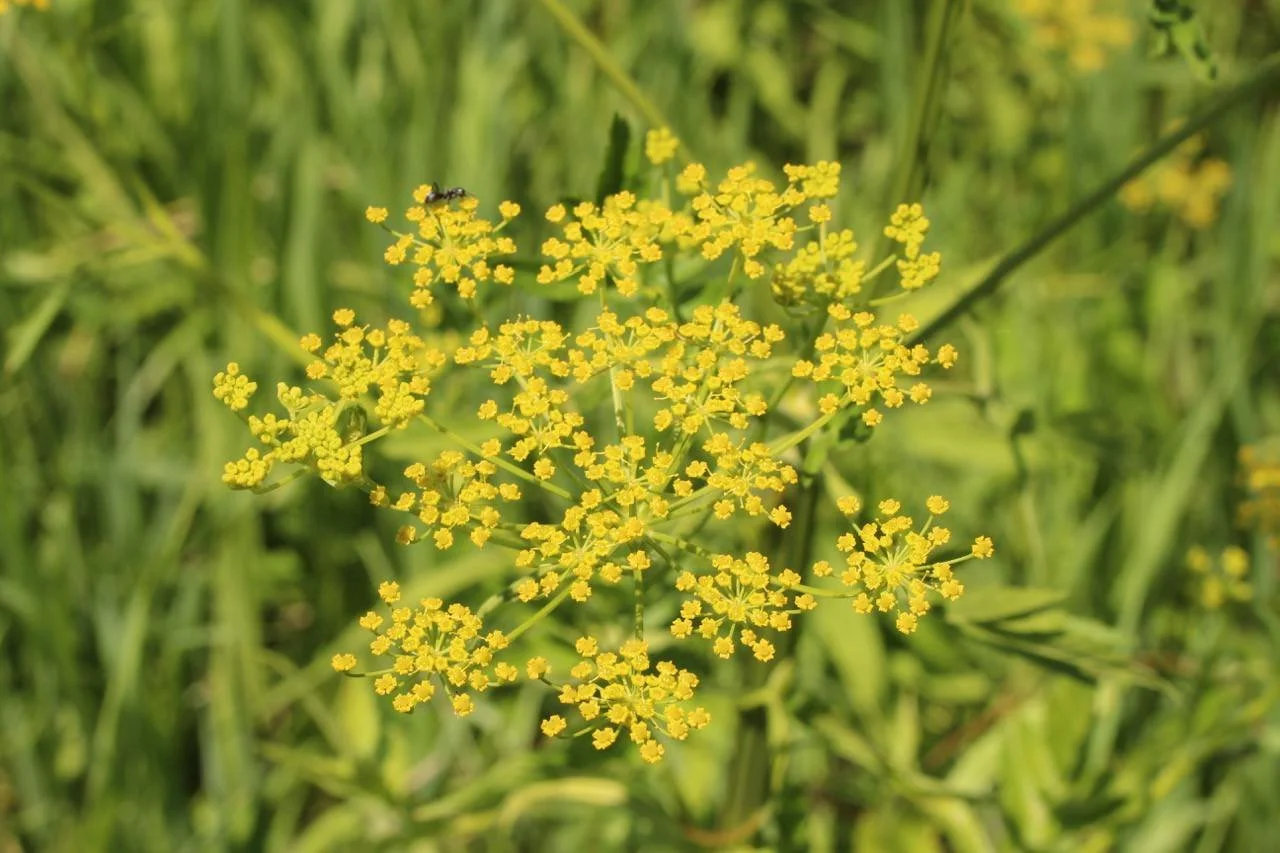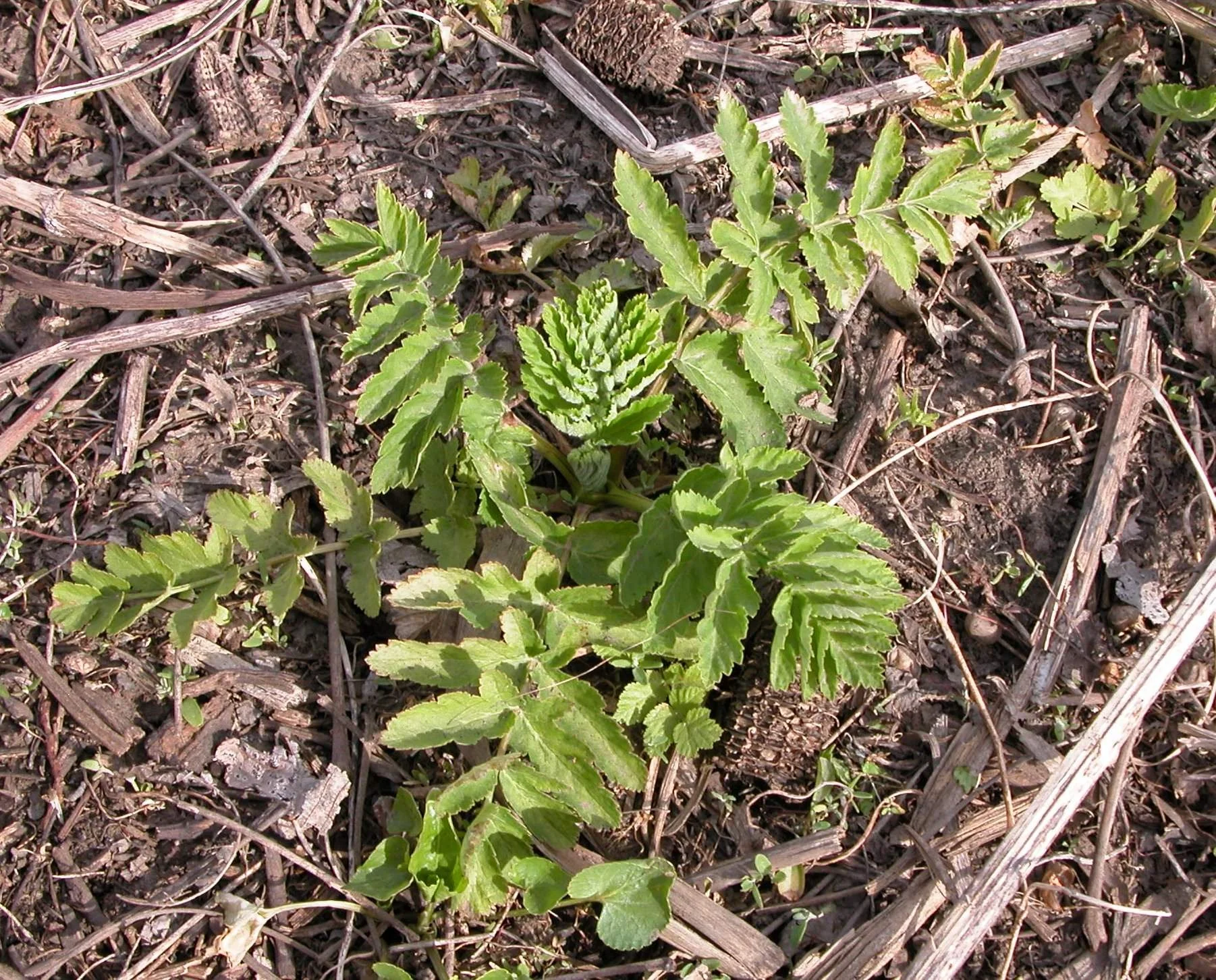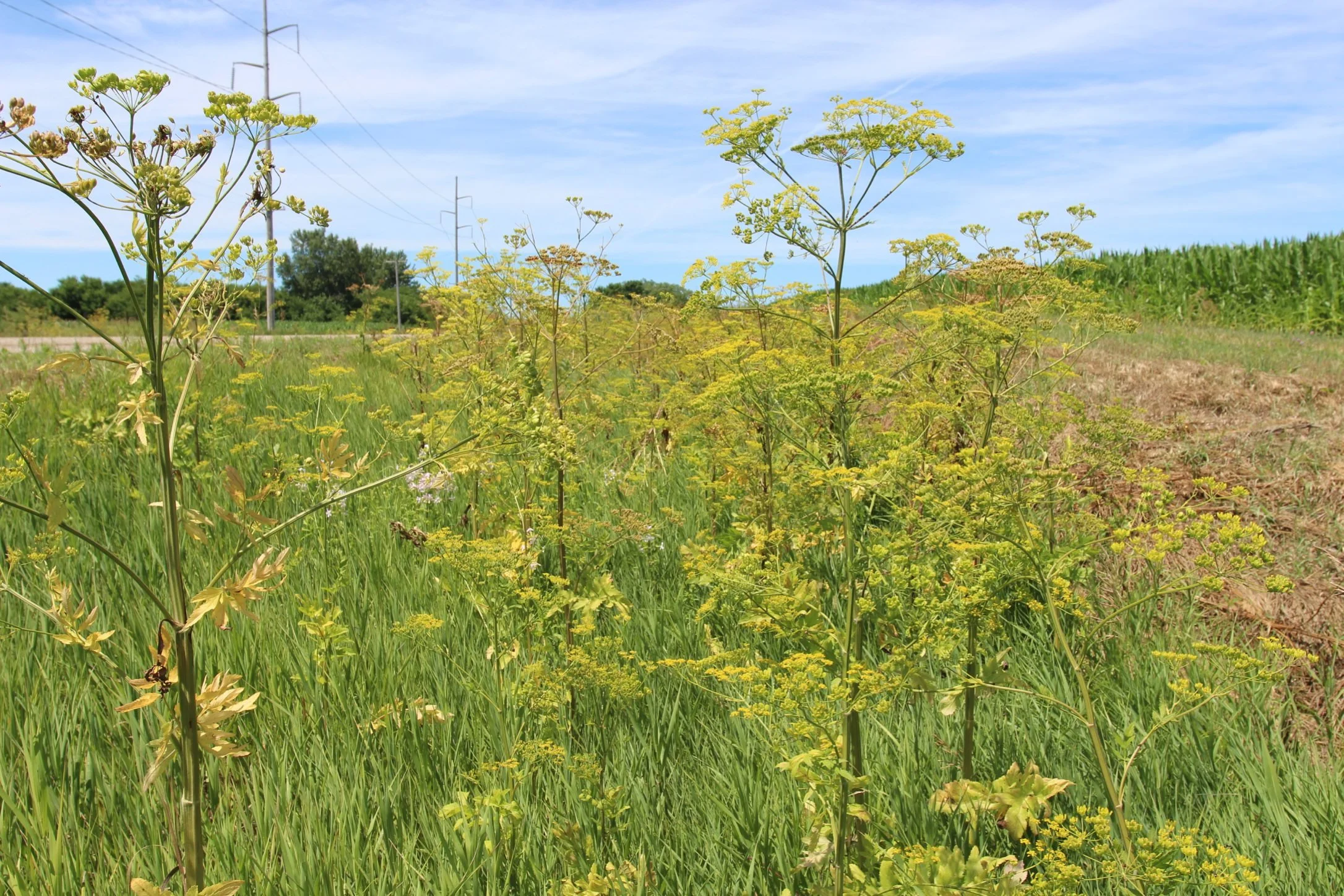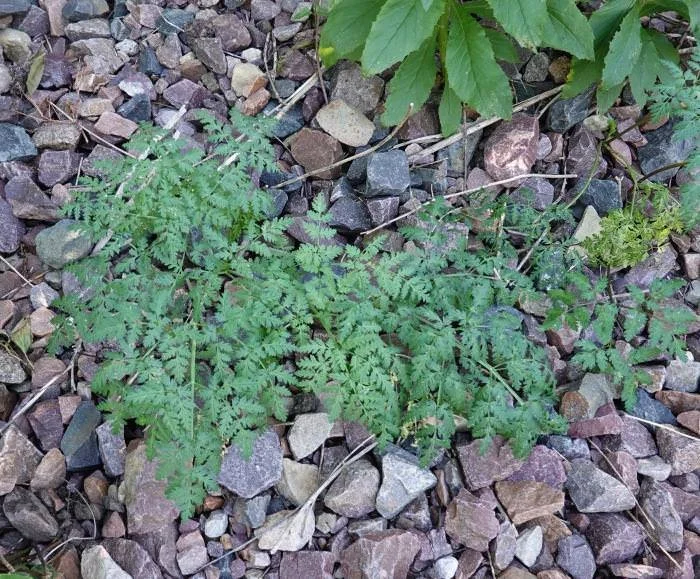A Photographer’s Guide to Dangerous Plants and Ticks in Iowa
If you're a photographer working in Iowa or the Midwest and shooting in natural areas, it’s worth knowing what’s actually growing around you. Poison ivy, wild parsnip, and poison hemlock are all common here, and so are ticks – and they can cause real harm. I’ve worked in these environments for years, and part of my prep includes knowing how to spot and avoid those risks.
This guide covers the plants and pests I regularly watch for, what they’re commonly mistaken for, and how to recognize them before they become a problem during a shoot.
Poison Ivy
Just remember poison ivy’s slogan: Leaves of three, let it be.
Where it shows up: Field edges, wooded trails, fencelines, overgrown landscaping, riverbanks. It’s everywhere.
How to spot it:
Grows in clusters of 3 leaflets
Can be low to the ground, shrub-like, or climb like a vine
Shiny green leaves in summer, turns red or orange in fall
Vines on trees may look fuzzy or hairy
Stems between the leaves are often reddish
Common lookalikes:
Virginia Creeper – 5 leaves
Boxelder seedlings – can have similar-looking leaf clusters
Why it matters: Urushiol, the oil in poison ivy, spreads easily and causes painful rashes that can last for weeks. It sticks to clothes, gear, and pet fur.
What to do: This one is everywhere, so learn what it looks like and don’t touch it. If there’s any chance someone brushed up against it, have them wash skin and clothes with soap and water as soon as possible.
Plant ID photos via Iowa State University Extension and Outreach.



Wild Parsnip
Looks like a wildflower but it will literally give you chemical burns.
Where it grows: Roadsides, ditches, prairies, sunny fields. Very common.
How to spot it:
Tall plant (up to 5 ft)
Yellow umbrella-shaped flowers
Smooth green stem
Leaves are jagged and compound (look kind of like celery or parsley)
Common lookalikes:
Golden Alexander – similar yellow flowers but smaller and leafier
Prairie Parsley – more finely divided leaves
Why it matters: The sap reacts with sunlight and causes extremely painful chemical burns – big, blistering welts that take a long time to heal and can leave intense scars. You don’t feel it right away, so people often don’t realize what happened until later.
What to do: Don’t touch it. If contact happens, wash immediately, before sun exposure if possible.
Plant ID photos via Iowa State University Extension and Outreach.



Poison Hemlock
This one is tall, lacy, and can kill you.
Where it grows: Along roads, bike trails, creeks, fields, parks—anywhere with disturbed soil.
How to spot it:
Grows up to 10 feet tall
White umbrella-shaped flower clusters
Hollow, smooth stems with purple blotches
Fern-like, delicate leaves
Common lookalikes:
Queen Anne’s Lace – has a hairy stem and sometimes a purple flower in the center
Yarrow – shorter, bushier, fuzzy stems and leaves
Ragweed – similar leaves, but no big white flowers
Why it matters: All parts of poison hemlock are toxic. Ingesting even small amounts can be fatal. Touching it isn’t as dangerous as eating it, but the sap can still cause serious skin reactions, especially if you have cuts or broken skin.
What to do: Learn to ID the purple-spotted stems. Don’t shoot near it, don’t sit people in it, and don’t assume it’s Queen Anne’s Lace, or something else, check every time!
Plant ID photos via Iowa State University Extension and Outreach.




Ticks & Lyme Disease
Ticks don’t fall from trees. They grab your ankles and climb up.
When they’re active: Most of the year. Peak is spring through early fall, but warmer winters mean they never totally disappear and they’re active when you might not expect other bugs to be active.
Where they hang out: Grassy fields, brushy areas, trails, under leaf litter. Basically anywhere slightly wild.
How they get you: People think they drop down on you from trees, but they actually wait on tall grass or plants and grab on as you walk by. Then they crawl all the way up your body and look for warm places to latch on, sorry for the heebie jeebies!
Why it matters: Lyme disease and other tick-borne illnesses are a real risk in Iowa. Lyme in particular can cause long-term joint pain, fatigue, and neurological problems, and isn’t well understood.
What to do:
Wear tall socks and closed shoes
Treat your shoes and pants with permethrin, a tick repellant
Wear light-colored clothes so you can spot them easily, nymphs are TINY
Check yourself and your gear IMMEDIATELY after outdoor sessions, don’t wait until you get home or you risk transferring them to your car
Don’t have clients lie down in or walk through tall grasses to minimize your risk
Plant ID photos via Iowa State University Extension and Outreach.
I photograph in wild spaces all the time—fields, trails, gardens, wooded venues—and I stay alert to what’s around us. That doesn’t mean nothing can go wrong, but it does mean I’m paying attention. If you’re working outdoors, it’s worth learning what to look for. You don’t need to know everything, but being able to recognize the most common hazards helps you make smarter, safer choices while you work.
Have fun and be safe out there!
